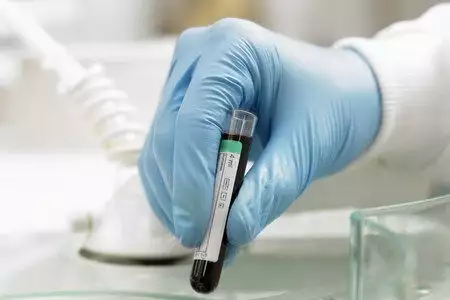The most common childhood anaemia is iron deficiency anaemia. It usually occurs in children under 3 years of age.
Typical symptoms include impaired appetite, listlessness, irritability, pale yellowish skin colour, enlargement of the liver, spleen, lack of weight gain, oedema and signs of haemorrhagic diathesis.
Vitamin B12 deficiency anaemia is rare in children. The cause may be a dietary deficiency or impaired absorption. Deficiency results in impaired DNA synthesis, impaired fatty acid catabolism and the development of megaloblastic anaemia.
There are two forms of anaemia - childhood anaemia, caused by a congenital defect in intrinsic factor secretion, and adolescent anaemia with the full set of symptoms characteristic of Addison-Biermer anaemia in adults. Clinical manifestations o macrocytic anaemia, atrophy of the papillae of the tongue and gastric mucosa, absence of gastric hydrochloric acid and neurological disorders.

photo ojoimages
Immerslund-Najman-Grasbeck anaemia is a congenital megaloblastic anaemia. It is caused by disturbances in the intestinal transport of vitamin B12. It is manifested by anorexia, vomiting, constant proteinuria and megaloblastic anaemia.
Copper deficiency anaemia can be caused by Wilson's disease, a copper-deficient diet, malabsorption, parenteral nutrition, nephrotic syndrome or copper binding during penicillamine treatment or administration of large amounts of alkaloids.
Typical manifestations include normocytic or macrocytic anaemia, reduced reticulocytes, normal serum iron levels, megaloid erythroblasts with hydrocytes in the bone marrow and ring-shaped syderoblasts in the bone marrow.









